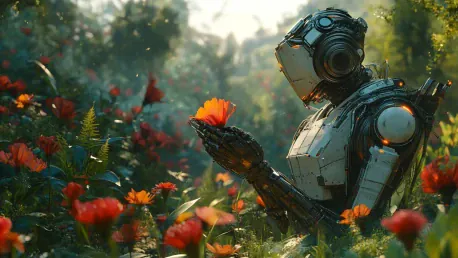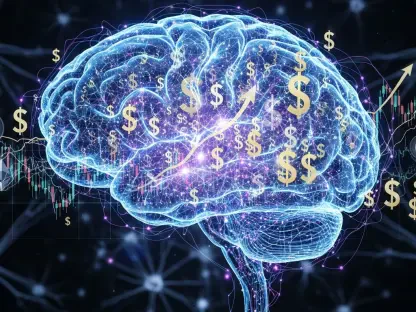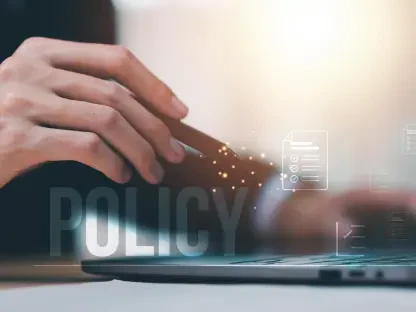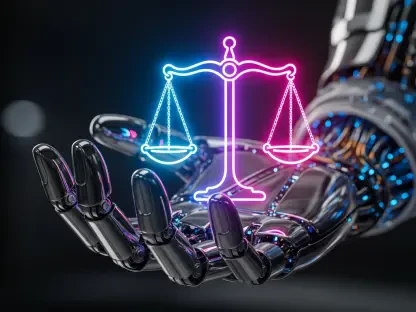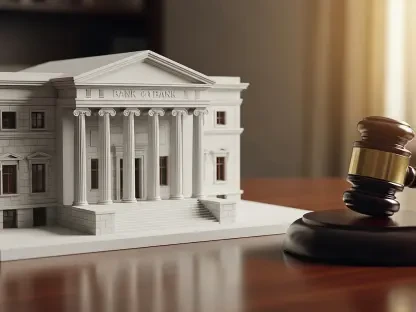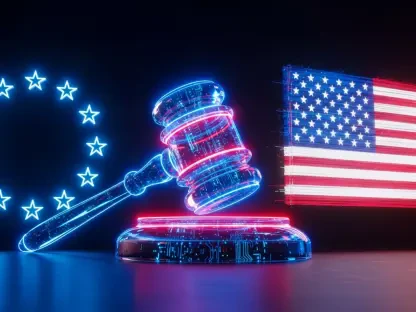The intricate intersection of technology and creativity that guides modern innovation is facing unprecedented challenges with the rise of AI-generated art. This phenomenon, while offering groundbreaking possibilities, raises complex legal and ethical questions needing urgent attention. AI-created pieces, often mirroring the styles of renowned artists and studios like Studio Ghibli, attract both awe and skepticism. As AI models like Midjourney and DALL-E advance, the need for an effective framework that addresses concerns surrounding data provenance, copyright, and ethical transparency becomes critical. The ensuing complexity involves navigating a web of international regulatory differences and the evolving definition of human input in AI art.
International Legal Frameworks
Countries around the globe grapple with crafting legal frameworks that adequately address the challenges of AI-generated art. While some nations, such as Japan and Singapore, exhibit a permissive stance regarding AI training datasets, others, including the European Union and the United States, emphasize fair use and ethical transparency. These differences highlight a significant disparity in how nations approach AI art and its accompanying legal responsibilities. In regions like the Global South, which contribute substantial data for AI training yet lack robust intellectual property regulations, this lack of clarity exacerbates digital inequalities, leaving content creators vulnerable and underrepresented.
Furthermore, the disparate legal landscapes pose challenges for AI developers and users who must navigate conflicting regulations. There is an urgent call for harmonized international regulations to ensure fairness and transparency across borders. The current situation underscores the necessity for global cooperation, where nations work together to set consistent guidelines that protect creators’ rights while fostering innovation. By addressing these regulatory variances head-on, stakeholders can collectively work toward a balanced approach that respects creative ownership and encourages the responsible development of AI technologies.
Defining Human Involvement in AI Creativity
Determining the extent of human involvement necessary for AI-generated content to qualify for copyright protection presents another layer of complexity. Presently, international standards indicate that purely AI-generated works do not qualify for copyright unless there is a demonstrable human contribution. This distinction aims to protect the rights of original creators while fostering an environment where AI can be used as a collaborative tool rather than a replacement for human creativity. Establishing clear guidelines in this realm is imperative for wider AI adoption, as it helps build trust among creators and consumers.
The challenge lies in defining the boundaries between significant human input and purely automated creation. Legal and creative industries must collaborate to develop comprehensive standards that clearly articulate the criteria for copyright eligibility in AI-generated art. By establishing a transparent framework, creators can better understand their rights and responsibilities, ensuring that AI tools are used ethically and responsibly. This approach fosters innovation while safeguarding the intellectual property of both human and AI-assisted works.
Blockchain Technology and Transparent Data Documentation
Blockchain technology emerges as a promising solution to address concerns about data provenance and transparency in AI-generated art. By leveraging blockchain, the origins of training data and the extent of human contribution can be securely and transparently documented, providing an immutable record that enhances accountability. This technology ensures that the source of artistic elements is traceable, thereby protecting the rights of original creators and establishing trust in AI-generated works. Additionally, blockchain can facilitate the equitable distribution of royalties, akin to platforms like TuneCore in the music industry, ensuring fair compensation for creators worldwide.
This approach is particularly beneficial for content creators in regions like the Global South, where clear intellectual property regulations may be lacking. By implementing blockchain-based solutions, these creators can gain recognition and fair compensation for their contributions, promoting a more equitable global digital landscape. Moreover, adopting such technologies encourages responsible AI development and usage, fostering a culture of ethical innovation that respects artistic integrity while embracing technological advancements.
Collaborative Efforts for Future Considerations
The complex intersection of technology and creativity, which propels modern innovation, is encountering new hurdles due to the surge of AI-generated art. This new development, while opening up revolutionary possibilities, brings to the forefront intricate legal and ethical dilemmas that demand immediate resolution. AI-generated artwork, often emulating the styles of famous artists and iconic studios such as Studio Ghibli, evokes both admiration and hesitation. As AI platforms like Midjourney and DALL-E progress, there is an urgent need for a robust framework to tackle issues of data provenance, copyright infringement, and ethical transparency. The rising complexity of this landscape is compounded by the necessity to maneuver through a labyrinth of international regulatory variations and the shifting definition of human contribution in the creation of AI art. Addressing these challenges is crucial to ensure that the integration of AI in the art world is managed responsibly and sustainably.
